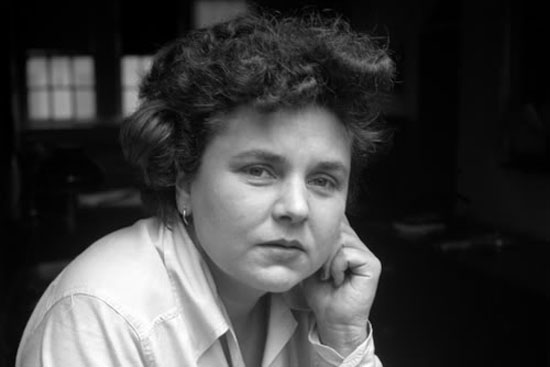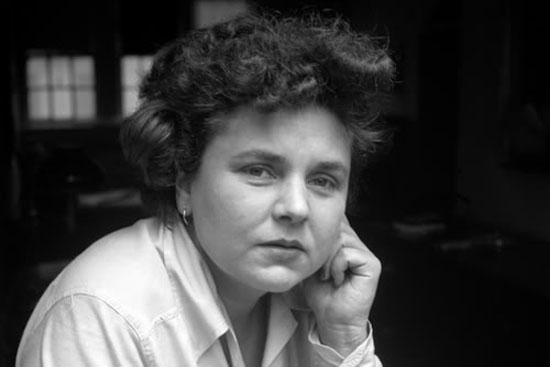About Emily Dickinson: Emily Dickinson was born in 1830, in the town of Amherst, Massachusetts. Though her family was well connected and though her father took active participation in both state and national politics, Dickinson seldom left her home. The number of visitors was few, but they had a huge impact on her life and her poetry. Of note is Reverend Charles Wadsworth, whose departure is believed to have given rise to heartsick poetry. By the 1860s she lived in almost complete isolation. Her work was not recognized during her lifetime, but the publication of her poems posthumously gained her a large recognition and reputation. She died in 1886, aged 55. In this post, we are going through the summary of I Dreaded that First Robin, So by Emily Dickinson.
Summary of I Dreaded That First Robin, So by Emily Dickinson
I dreaded that first Robin, so is one of the essential poems that defines Emily Dickinson’s style of poetry. With themes of death, the cycle of life and a polar opposite view of nature, this poem gives the reader a view of Emily’s life and how suffering engulfed her which led to her numerable poems.
The poem consists of 7 stanzas which progresses with the beginning of Spring. Unlike the other poets, Emily does not glorify or shed a positive light towards nature. Influenced by personal encounters, she looks at nature through the eyes of death and suffering rather than the cycle of life. She is said to have a spent a life of recluse confined to her room which overlooked a graveyard. Having lost many of her loved ones and an unaccepted love interest, she poured out her emotions through her poetry. This poem expresses her troubled thoughts on the changing seasons and her dislike for the onset of spring.
1st Stanza: She introduces Spring to the readers by relating it to the first Robin that flies by to mark the beginning of spring. In many of her poems, Robin signifies Spring. Having lost loved ones, she was accustomed to dulled emotions and settings. The season of cold and winter complemented her state of mind and mood. Therefore, when Spring arrived, it disturbed her sense of comfort and troubled her. She dreaded the first Spring after one of her tragic life events. Since then she has grown used to spring. Nevertheless, it still hurts her every time the Spring arrives as she associates it with the loss of her beloved.
2nd Stanza: She believes that if she could get through the initial days of Spring maybe they will not affect her later as much. She says that if she could tolerate and manage to get through the first Shout which indicates her cry of pain over the loss, the sound of Piano would not take control of her troubled mind. The Shout represents her pain while the Piano in the woods either represent the sound of nature during Spring or the music played in the Church during ceremonies. This stanza substantiates the intensity of her emotions and pain that she has dealt with.
3rd Stanza: She does not dare to see the daffodils which are the ultimate bloom of the Springs. She is afraid that she will be engulfed by it’s yellow hue. She has been in mourning for so long that bright colors and change seem like something foreign to her. Daffodils have been described as yellow gown in order to draw parallels with her mourning. Since black is the only color worn during funerals, facing the ‘yellow gown’ brings out the pain and fear of facing the reality and loss.
4th Stanza: The poet wishes the grass to grow fast so that it covers the graveyard and the season changes again. Emily lived a life of seclusion where she was not allowed to marry the man she loved. After the death of all her loved ones, she stayed in a room overlooking the graveyard where she spent a lot of time. In this poem, he signifies her lover as well as the grass. She symbolizes the grass to all the loved ones she has lost and says her beloved would be the tallest of the grass stretching out to look at her.
5th Stanza: She does not want the bees to return in search of nectar in the blossoming flowers of Spring. She cannot bear the sight of them. She wants the bees to stay away in the dim countries they had settled during the time of hibernation in winter. Bees represent one of the elements of Spring as well as people around her. After the days of winter, people are seen to socialize more and she despises it. She asks what word do the bees have to say to her or what had the people around her have to say. Lastly, bees even signify the arrival of spring and she wants them to reiterate.
6th Stanza:
They’re here, though; not a creature failed—
No Blossom stayed away
In gentle deference to me—
The Queen of Calvary—
She expresses defeatedly that Spring has arrived nevertheless. It has not spared a single flower or creature. All of them have arrived to celebrate Spring. The Spring has arrived with all its glory, as it submits everything to her, the Queen of Calvary. She mentions ‘Queen of Calvary” in her other poems, which signifies the Mother Mary who witnessed her son being crucified in the village of Calvary. Therefore, Queen of Calvary draws parallels between pain, loss, and suffering of Mother Mary and the poet. Suffering as a theme runs throughout the poem.
7th Stanza: Each creature and flower salutes her, as they pass by her or rather when she passes by them. Finally, she gives up on her childish reasoning and accepts that Spring has arrived not matter what. She acknowledges the bereavement or the loss of the loved one and accepts the death and suffering. The poem ends with the poet realizing that Spring has arrived regardless of her hoping for it not to and that she needs to accept the reality.
Hope you enjoyed reading the summary of I Dreaded That First Robin, So. Here, you can read the analysis of I Dreaded That First Robin, So. Do keep visiting Beamingnotes for more interesting poem summaries and analysis.
Some online learning platforms provide certifications, while others are designed to simply grow your skills in your personal and professional life. Including Masterclass and Coursera, here are our recommendations for the best online learning platforms you can sign up for today.
The 7 Best Online Learning Platforms of 2022
- Best Overall: Coursera
- Best for Niche Topics: Udemy
- Best for Creative Fields: Skillshare
- Best for Celebrity Lessons: MasterClass
- Best for STEM: EdX
- Best for Career Building: Udacity
- Best for Data Learning: Pluralsight
















